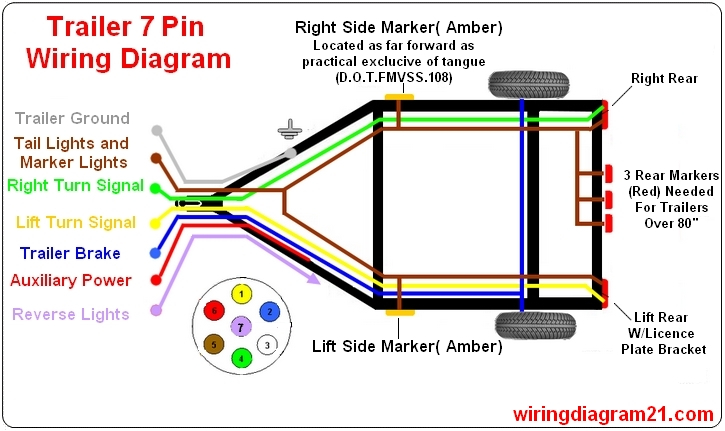Trailer Surge Brakes: Your Ultimate Guide to Safe Towing
Hauling a heavy load? Safety should be your top priority. For boat trailers, utility trailers, and many other types of towed equipment, surge brakes offer a reliable and effective braking system. But what exactly is a trailer surge brake kit, and why is it so crucial for safe towing? This guide will dive deep into the world of trailer surge brake systems, covering everything from the basics to advanced troubleshooting.
A trailer surge brake kit is a self-contained hydraulic braking system activated by the inertia of the trailer pushing against the tow vehicle during deceleration. Imagine approaching a stop sign. As your vehicle slows, the momentum of the trailer continues forward, compressing a master cylinder within the surge coupler. This compression generates hydraulic pressure, activating the brakes on the trailer wheels. This ingenious system provides proportional braking, meaning the harder the braking from the tow vehicle, the stronger the braking force applied to the trailer.
Before the advent of surge brakes, trailer braking systems were often rudimentary or non-existent. This posed significant safety risks, especially with heavier loads. The development of surge brake technology revolutionized trailer safety by providing a reliable and automatic braking system that requires no electrical or hydraulic connections to the tow vehicle. This simplifies installation and maintenance, making it a popular choice for a wide range of trailers.
The core of a surge brake system is the coupler. This component houses the master cylinder and acts as the connection point between the trailer and the tow vehicle. Proper maintenance of this coupler is essential for safe and effective braking. Regular inspections for leaks, damage, and proper lubrication are crucial to prevent failures. Issues with trailer surge brake actuators can lead to ineffective braking, posing a safety risk.
Understanding the components of a trailer surge brake kit is key to proper maintenance and troubleshooting. Besides the coupler, the system includes hydraulic lines, wheel cylinders, and brake drums or rotors. These components work together to create a closed hydraulic system that applies braking force to the trailer wheels. Regularly checking the brake fluid level and condition is essential for optimal performance. Neglecting these checks can lead to brake fade or even complete brake failure.
One significant issue associated with surge brake systems is improper adjustment. An improperly adjusted system can lead to either over-braking or under-braking. Over-braking can cause excessive wear and tear on the brakes and contribute to jackknifing. Under-braking, on the other hand, compromises stopping power, putting you and others at risk. Regular inspection and adjustment of the system are essential to avoid these problems.
Benefits of Trailer Surge Brakes:
1. Simplicity: No electrical or hydraulic connections to the tow vehicle are required, simplifying installation and maintenance.
2. Proportional Braking: Braking force is proportional to the deceleration of the tow vehicle, providing smooth and controlled stops.
3. Automatic Operation: The system automatically engages and disengages, requiring no input from the driver.
Advantages and Disadvantages of Trailer Surge Brakes
| Advantages | Disadvantages |
|---|---|
| Simple Installation | Can be less effective on steep declines |
| Automatic Operation | Requires regular maintenance |
| Cost-Effective | Susceptible to corrosion in marine environments |
Best Practices for Implementing Trailer Surge Brakes:
1. Regular Inspections: Inspect the system regularly for leaks, damage, and wear.
2. Proper Adjustment: Ensure the system is properly adjusted to avoid over-braking or under-braking.
3. Lubrication: Keep the moving parts of the coupler properly lubricated.
4. Brake Fluid Maintenance: Regularly check and replace the brake fluid as needed.
5. Flush the System: Periodically flush the hydraulic system to remove contaminants.
FAQ:
1. How do surge brakes work? They work using inertia, where the trailer pushing against the tow vehicle activates the brakes.
2. Do I need surge brakes? They are essential for safety when towing heavier loads.
3. How do I maintain surge brakes? Regular inspections, lubrication, and fluid checks are crucial.
4. What are the signs of failing surge brakes? Poor braking performance, leaks, and unusual noises are signs of potential problems.
5. How do I adjust surge brakes? Consult your owner's manual for specific adjustment procedures.
6. How often should I replace brake fluid? Typically every two years, or as recommended by the manufacturer.
7. Can I back up my trailer with surge brakes? Yes, most surge couplers have a reverse lockout mechanism.
8. What should I do if my surge brakes fail? Stop immediately and have the system inspected and repaired by a qualified technician.
Tips and Tricks:
Keep a spare master cylinder rebuild kit on hand for emergencies.
Use marine-grade grease on the coupler slide mechanism for added protection against corrosion.
In conclusion, a trailer surge brake kit is an essential safety feature for anyone towing a substantial load. Understanding how these systems operate, performing regular maintenance, and addressing issues promptly will ensure safe and reliable towing. From the initial installation to ongoing maintenance, a proactive approach to surge brake care will protect you, your cargo, and others on the road. Don't compromise on safety. Invest the time and effort to understand and maintain your trailer's surge brake system, and enjoy the peace of mind that comes with knowing you have a reliable braking system in place. Remember, your safety and the safety of others on the road depend on it. By following the best practices and tips outlined in this guide, you can significantly enhance your towing experience and ensure safe travels for years to come.
Unlock your morning power the ultimate guide to whole grain cereals
Taming torque unlocking power with the right hex bit socket set
Elevate your space with sherwin williams metallic gold paint














